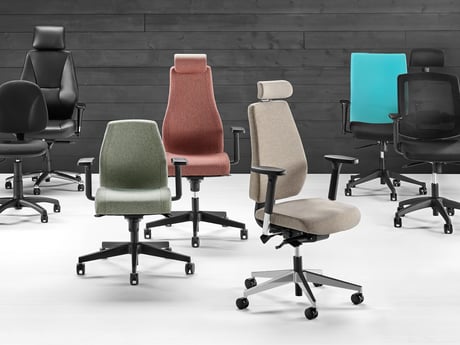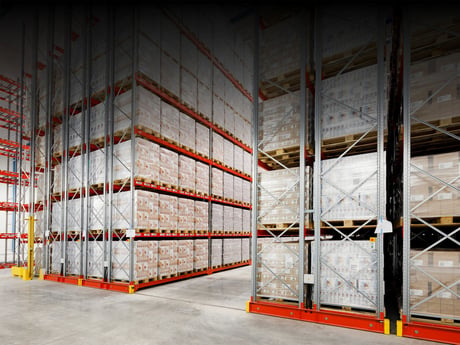- AJ Products UK
- Blog: Tips to Inspire Happiness at Work
- Buying guides
- Guide to shelving and racking
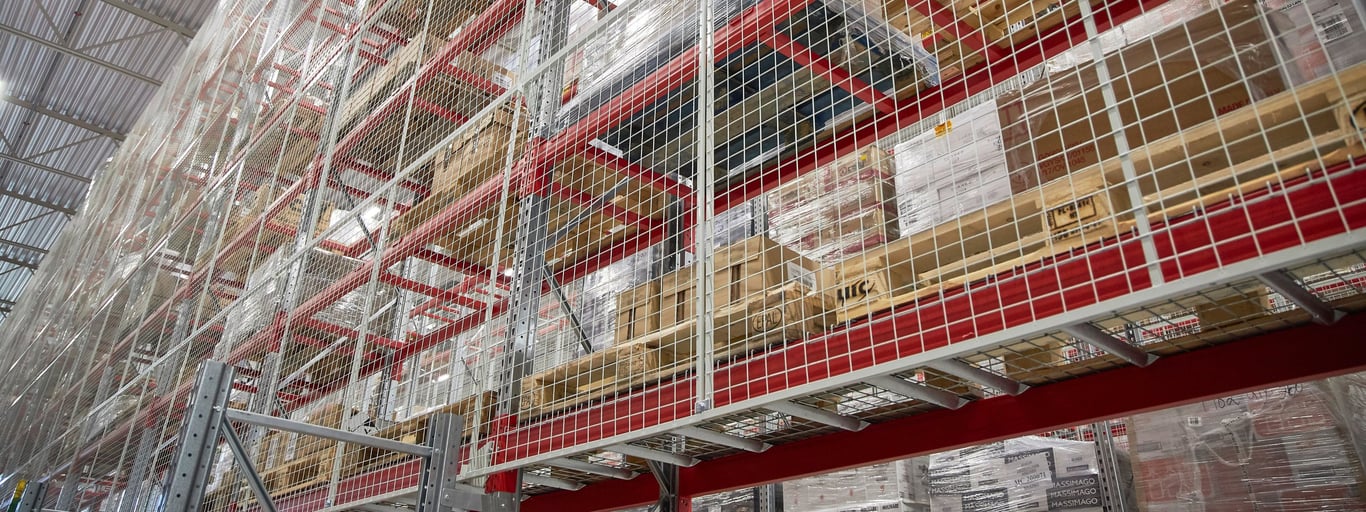
Guide to shelving and racking
What different types of shelving and storage systems are available?
Cantilever racking
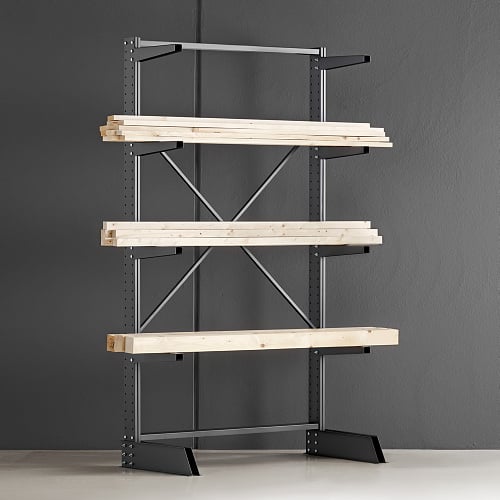
Heavy duty shelving
Heavy duty shelving offers a higher load capacity per shelf than standard stores shelving. This type of shelving is suitable for warehouse storage but is supplied complete with shelves for storing boxes or other items, unlike pallet racking, which must be used with palletised goods. This range includes widespan and longspan shelving options.
Pallet racking
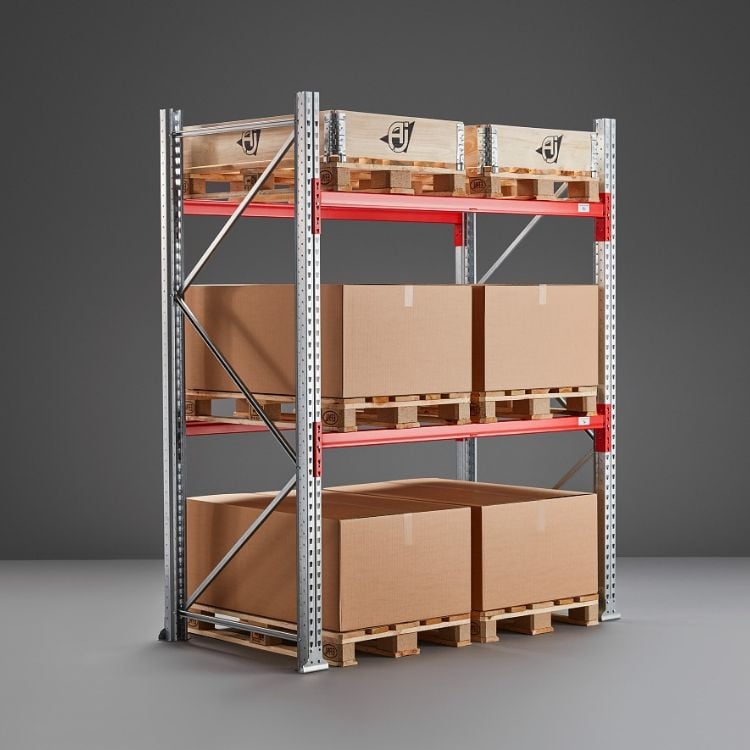
Small parts shelving
Designed for workshops, production lines and service departments, small parts shelving is supplied complete with parts bins or boxes to store and organise components, fixings and other small parts providing quick and easy access whenever necessary. Many options are designed with “stop lugs” so that the boxes cannot be pulled off the shelves, preventing both the loss of parts and the nuisance caused when a box gets dropped!
Warehouse shelving
Storage shelving is designed for use in stockrooms, workshops, retail environments and even garages. This type of shelving is extremely versatile and is suitable for a wide range of uses. Different finishes are suitable for different environments: powder-coated (or lacquered) is suitable for dry indoor environments only, galvanised is rust proof and suitable for damp areas, stainless steel can be washed down and is suitable for use in food environments while chrome gives a smart but relatively inexpensive finish on lighter-duty shelving and is ideal for display purposes.
Tyre racking
Tyre racks provide convenient storage for tyres of various types and sizes, making it ideal for garages, tyre centres, logistics depots and fleet maintenance facilities.
Vertical storage
Questions to ask yourself when choosing a shelving system
- Make sure you have measured the height, width and depth available. If you are storing pallets, check that the pallet racking you have selected fits the pallet size you are using. Most of AJ’s pallet racking is 1100 mm deep and designed for standard 1000 x 1200 mm EUR pallets.
- One of the most important factors to consider is how much weight each shelf level will need to hold. Both shelves and beams are designed for Uniformly Distributed Loads (UDL); this means that the shelf can support the specified weight capacity only if the load is evenly spread across the length of the shelf level. A single item of the full weight capacity placed in the centre of the shelf may cause the shelf to collapse. We recommend that you choose a slightly higher capacity than you need to ensure that the weight is fully supported.
- Pallet racking is supplied with beams but no shelf support in between and is suitable only for storing pallets, which act as the shelves to bridge the gap between the beams. If you need to store boxes or other non-palletised goods then you will need shelving with a full shelf level; for intensive warehouse use we recommend heavy duty shelving with a suitably high load capacity.
- Take into account whether or not the shelving needs to be positioned against a wall and whether cross-bracing is required to keep the unit stable (which will prevent access from one side). Pallet racking and heavier duty shelving can generally (but not always) be accessed from either side.
- You should consider what kind of environment your shelving is going to be used in as it may affect the type of finish you should choose. If your shelving system is for a dry indoor environment then a simple powder-coated (or lacquered) finish is suitable. A galvanised finish is rust proof and suitable for damp areas while stainless steel can be washed down and is ideal for use in sterile environments and food storage and preparation areas. Chrome will give a smart but relatively inexpensive finish on lighter-duty shelving (compared to stainless steel for example) and is ideal for display purposes.
- Most shelving systems are designed so that they can be easily extended in future. As long as the shelving you buy is sold as basic and add-on units then you will be able to add to it whenever you need to!
More questions?
Click here to see our Guide to building your racking.
